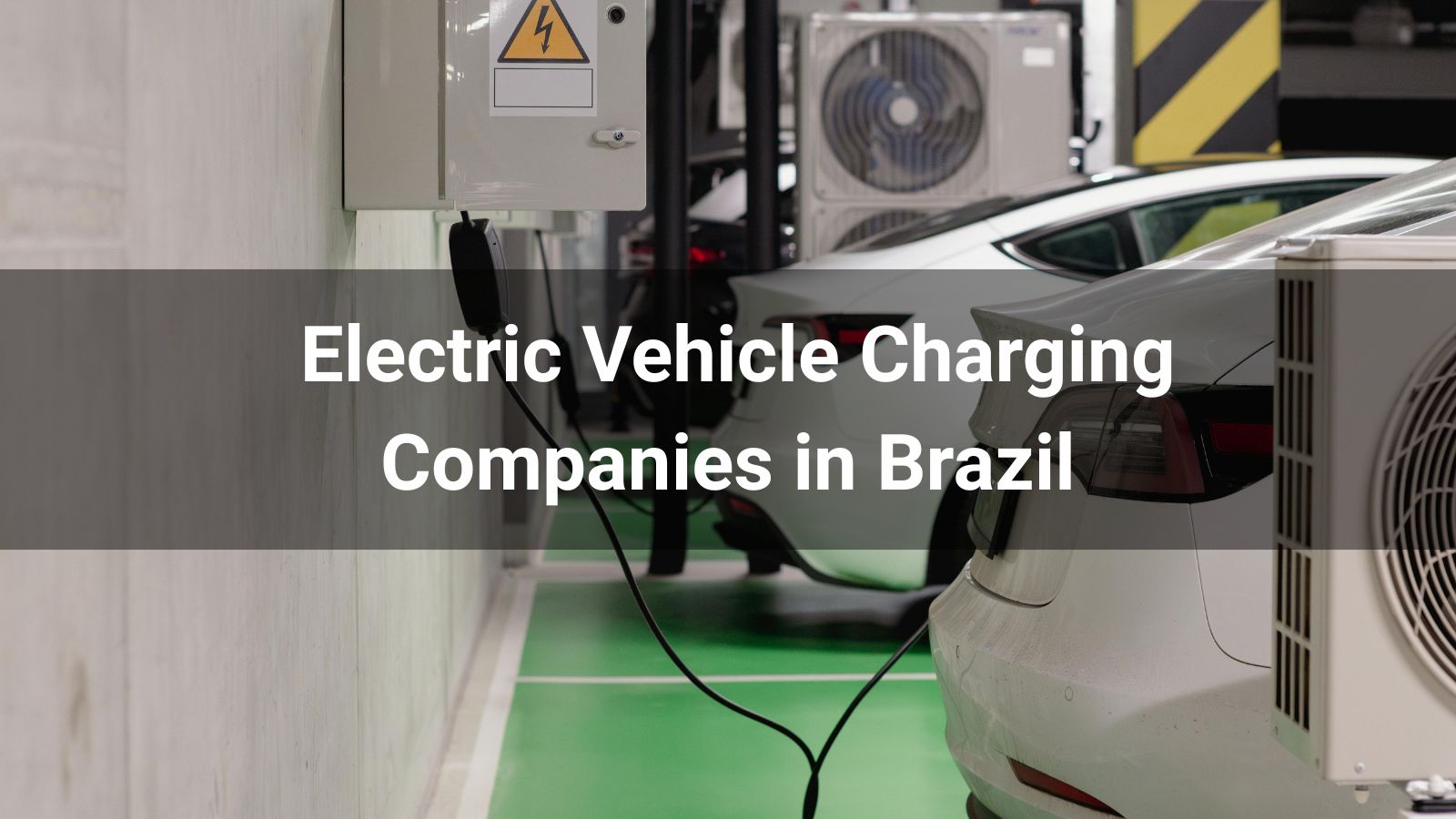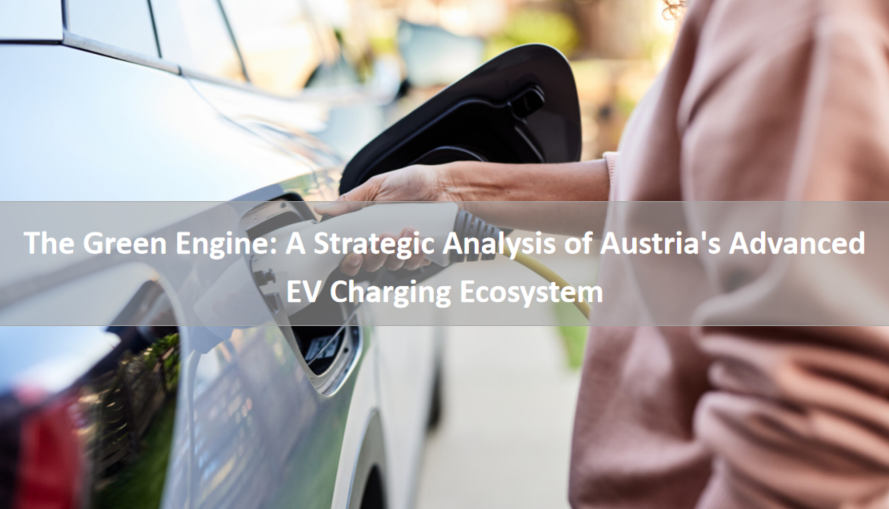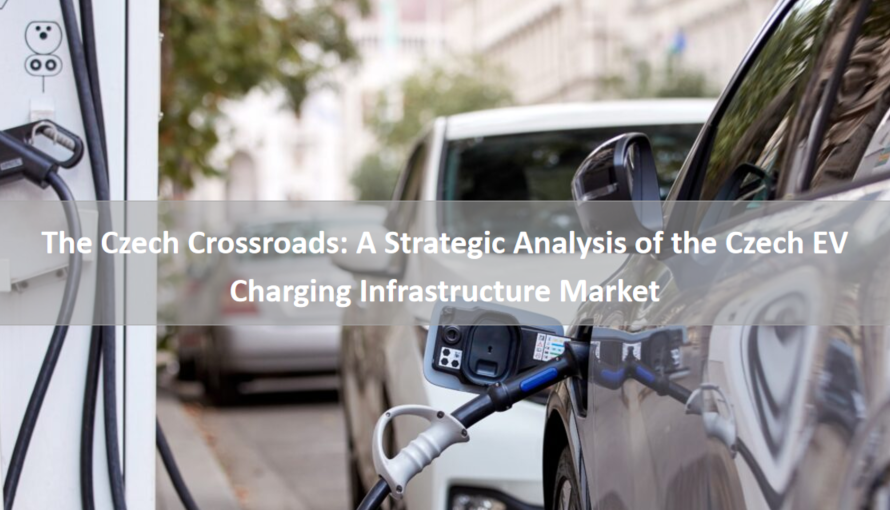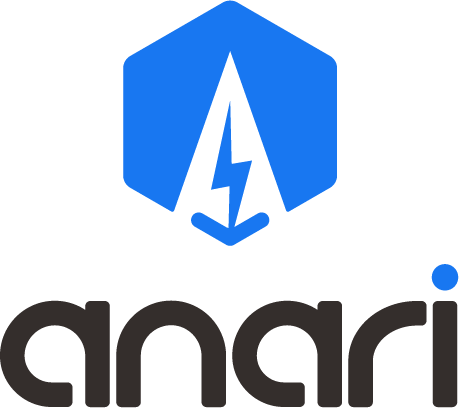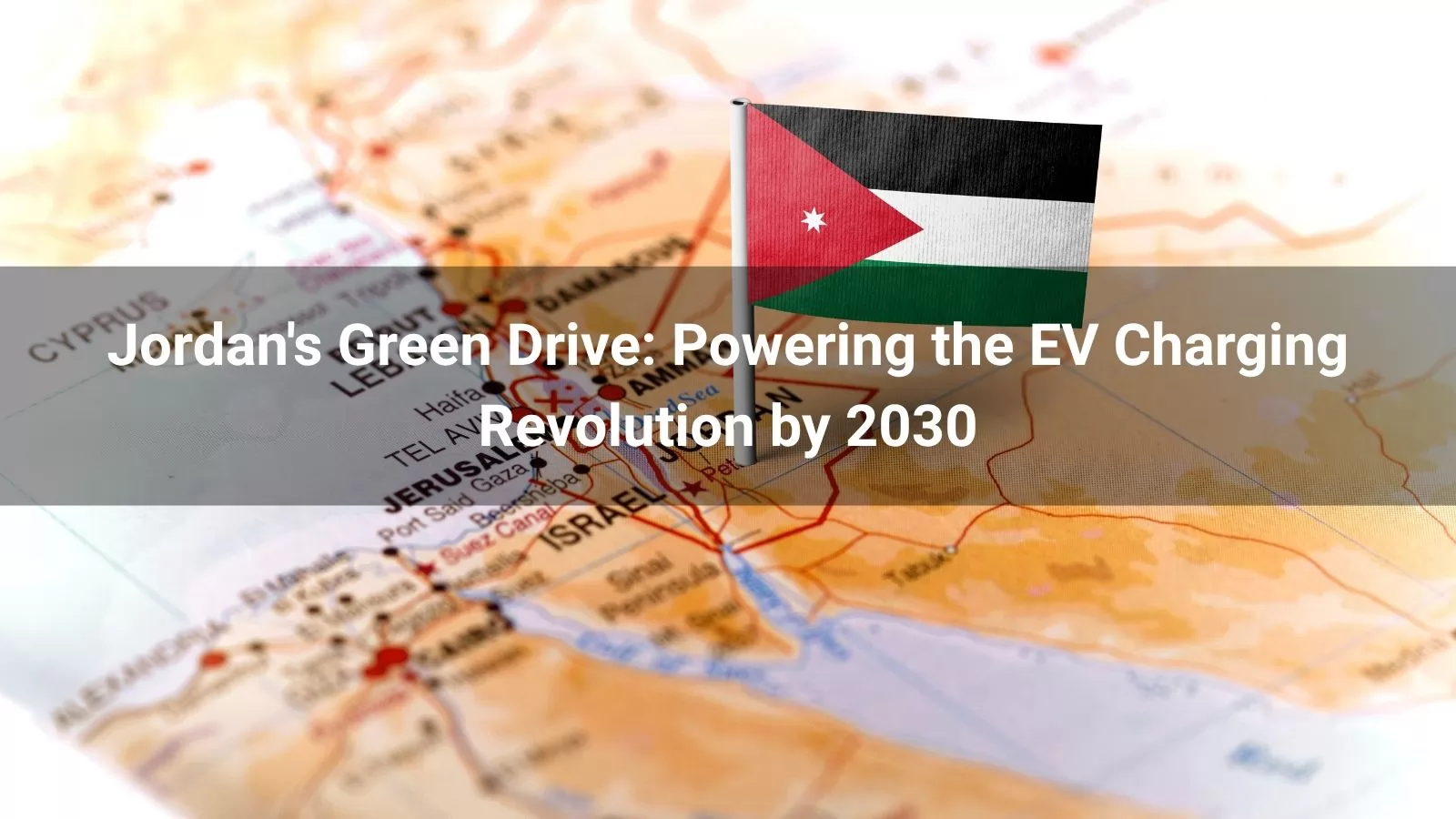
Jordan is making strides toward electric vehicle (EV) adoption, driven by progressive policies, renewable energy ambitions, and a strategic geographic position. This report analyzes the national policies, market size, development status, opportunities, and challenges of EV charging stations in Jordan within a rigorous framework. National policies, including tax exemptions and the Jordan Renewable Energy and Energy Efficiency Fund (JREEEF) initiatives, align with the Economic Modernization Vision 2033 to foster EV infrastructure growth. The EV market, though small, is projected to grow from USD 0.08 billion in 2025 to USD 0.35 billion by 2030 at a CAGR of 34.2%, fueling demand for charging stations. Development is underway with approximately 50 public charging points, primarily in Amman, supported by private-sector partnerships. Opportunities include leveraging Jordan’s 20% renewable energy mix, public-private collaborations, and regional trade corridors, while challenges such as high electricity tariffs, limited infrastructure, and consumer awareness persist. Strategic recommendations focus on accelerating infrastructure deployment, finalizing regulations, and integrating renewables to position Jordan as a regional EV hub.
Jordan’s national policies for EV charging infrastructure are forward-looking, leveraging tax incentives, renewable energy programs, and the Economic Modernization Vision 2033 to drive growth. However, incomplete regulatory frameworks and fiscal constraints limit scalability.
Jordan’s policy framework aligns with its commitment to reduce greenhouse gas emissions by 31% by 2030 under the Paris Agreement and the Economic Modernization Vision 2033. Key policy elements include:
Tax Incentives and Financial Support:
The Jordanian government offers full customs duty exemptions and reduced sales taxes for EVs, significantly lowering ownership costs. For example, EVs are exempt from the 16% sales tax applied to internal combustion engine vehicles, mirroring incentives in Morocco.
The Jordan Renewable Energy and Energy Efficiency Fund (JREEEF) supports charging infrastructure through subsidies for public and private installations, similar to Austria’s model of up to USD 32,320 for DC chargers.
E-mobility Strategy and Infrastructure Mandates:
The 2018 E-mobility Strategy, updated in 2023, targets 10% of new vehicle sales to be EVs by 2025 and aims to deploy 3,000 charging stations by 2030. This includes mandates for charging points at fuel stations and public buildings, akin to Oman’s Ministerial Resolution No. 615/2023.
The strategy emphasizes public fleet electrification, with the Greater Amman Municipality piloting electric buses, drawing on Uruguay’s “Ruta Eléctrica” model to build consumer confidence.
Renewable Energy Integration:
Jordan’s 20% renewable energy mix (solar and wind) supports sustainable charging infrastructure. Projects like the 100 MW Baynouna Solar Park, backed by the UAE, provide a foundation for green charging hubs, aligning with global trends in China.
The Ministry of Energy and Mineral Resources (MEMR) promotes smart grid solutions, such as vehicle-to-grid (V2G) systems, to optimize grid usage, though implementation remains limited.
Regulatory Framework Gaps:
The lack of finalized standards for charging infrastructure, such as connector types (e.g., CCS2, CHAdeMO) or interoperability protocols like OCPP, creates uncertainty for investors. This mirrors challenges in Latin America, where standardization lags.
Fiscal constraints, with Jordan’s public debt at 88% of GDP in 2025, limit government investment, necessitating private-sector involvement.
Jordan’s EV market is nascent but growing, projected to increase from USD 0.08 billion in 2025 to USD 0.35 billion by 2030 at a CAGR of 34.2%, driving demand for charging infrastructure. The charging station market, while small, is poised for expansion to support this growth.
EV Market Growth:
Jordan’s EV market is estimated at 1,500 vehicles in 2025, primarily hybrids and light-duty EVs in Amman, with projections to reach 15,000 by 2030. The CAGR of 34.2% reflects rising fuel costs and government incentives, surpassin regional peers like Yemen.
This growth aligns with global trends, where EV sales reached 14 million in 2023, as per the IEA, and mirrors Morocco’s projected 33.9% CAGR.
Charging Infrastructure Market:
As of 2025, Jordan has approximately 50 public charging stations, mostly Level 2 chargers in Amman, according to Electromaps data. The target of 3,000 stations by 2030 suggests a ratio of 5 EVs per charger, below the global average of 10:1.
The global EV charging market, projected to grow from USD 30.63 billion in 2025 to USD 257.33 billion by 2032 at a CAGR of 35.5%, provides a benchmark for Jordan’s potential growth.
Comparative Insights:
Compared to South Africa’s 350 chargers or Morocco’s 300, Jordan’s infrastructure is limited but growing faster than Angola’s nonexistent network.
The focus on urban chargers aligns with China’s urban-centric model, where 85% of chargers are in cities, but Jordan must expand to highways for broader adoption.
Jordan’s EV charging infrastructure is developing, with approximately 50 public charging points concentrated in Amman and supported by private-sector initiatives. Grid limitations and urban-centric deployment, however, restrict scalability.
Current Infrastructure Deployment:
Jordan has around 50 public charging stations, primarily Level 2 chargers in Amman, operated by private companies like E-Charge and supported by JREEEF. These serve a small EV fleet but are inadequate for long-distance travel.
The Greater Amman Municipality’s electric bus charging hubs, launched in 2025, demonstrate public-sector commitment, though coverage remains urban-focused.
Private-Sector Engagement:
Companies like E-Charge and Tesla, which opened a showroom in Amman in 2023, are investing in charging infrastructure. Partnerships with fuel stations, mandated by the E-mobility Strategy, mirror Oman’s approach.
These efforts align with global models, such as the U.S. NEVI program, where private utilities drive infrastructure growth.
Renewable Energy Integration:
Jordan’s 20% renewable energy capacity, with 1.4 GW from solar and wind, supports sustainable charging. Projects like the Baynouna Solar Park enable co-located chargers, reducing grid stress, as seen in China’s BYD model.
Smart charging and V2G pilots, supported by MEMR, aim to optimize grid usage, though scalability is limited by grid capacity.
Grid and Technological Constraints:
Jordan’s grid, with 4.2 GW capacity, faces peak load challenges, with transport accounting for 30% of energy demand. Uncoordinated charging could exacerbate this, as noted by the IEA.
The lack of standardized connectors (e.g., CCS2, CHAdeMO) risks compatibility issues, similar to Japan’s CHAdeMO dominance.
Jordan’s EV charging infrastructure market offers significant opportunities, driven by its renewable energy growth, strategic geographic position, and public-private partnerships. Innovations like battery swapping and regional connectivity can accelerate adoption.
Renewable Energy Integration:
Jordan’s 20% renewable energy mix, targeting 30% by 2030, supports green charging hubs. Co-locating chargers with solar projects like Baynouna reduces costs, mirroring Kenya’s geothermal-powered chargers.
Smart charging and V2G systems, as in Europe’s ISO 15118-20 standard, can provide grid services, creating revenue streams.
Public-Private Partnerships:
Partnerships with companies like E-Charge and international players like ABB can scale infrastructure, as seen in Morocco’s USD 140 million investment. JREEEF subsidies can attract further investment.
Collaboration with automotive firms, such as Tesla, can integrate charging solutions, driving demand.
Strategic Geographic Position:
Jordan’s role as a trade hub, with projects like the Red Sea-Dead Sea Canal, supports charging corridors for regional logistics, enhancing connectivity with Saudi Arabia and Israel.
The growing demand for electric commercial vehicles, as seen in Kenya’s matatu market, offers a niche for Jordan to develop urban charging hubs.
Technological Innovation:
Battery-swapping stations, successful in China with 50% of heavy-duty trucks using this model, could suit Jordan’s two-wheeler market, reducing charging times to 3-5 minutes.
IoT-enabled chargers, as in Germany, can optimize grid usage, addressing Jordan’s peak load challenges.
Jordan’s EV charging infrastructure faces challenges, including high electricity tariffs, limited infrastructure, grid constraints, and low consumer awareness. Coordinated efforts are needed to ensure scalability and adoption.
High Electricity Tariffs:
Jordan’s high electricity costs, among the highest in the region at USD 0.18/kWh, deter EV adoption despite a 1.2 GW reserve capacity. This mirrors Latin America’s cost-related barriers.
The E-mobility Strategy’s proposed competitive pricing is critical to reducing costs, as recommended by KIPPRA in Kenya.
Limited Charging Infrastructure:
With only 50 chargers, primarily in Amman, Jordan’s infrastructure is insufficient for widespread adoption. Range anxiety, noted globally by PwC, is a significant barrier for intercity travel.
Rural areas lack chargers, requiring targeted expansion similar to Morocco’s highway-focused plans.
Grid Constraints:
Jordan’s grid faces peak load issues, with 30% of energy demand from transport. Uncoordinated charging could strain the system, as highlighted by the IEA.
Grid upgrades, requiring USD 2 billion by 2030, face funding challenges due to high public debt.
Low Consumer Awareness:
Limited awareness of EV benefits and high upfront costs (twice that of fossil-fuel vehicles) hinder adoption, as seen in Malaysia. Range anxiety is exacerbated by sparse infrastructure.
Lack of standardized connectors risks compatibility issues, mirroring global challenges with varying standards.
Accelerate Infrastructure Deployment:
Fast-track the E-mobility Strategy to deploy 1,000 chargers by 2028, prioritizing highways and urban centers. Focus on fast chargers to support long-distance travel, as in the U.S. NEVI program.
Pilot battery-swapping stations for two-wheelers, drawing on China’s model, to reduce charging times.
Finalize Regulatory Frameworks:
Adopt global standards like OCPP and ISO 15118 for interoperability and safety, ensuring compatibility across EV models.
Establish competitive electricity tariffs for EV charging, leveraging JREEEF to subsidize costs, as in Kenya.
Foster Public-Private Partnerships:
Expand partnerships with E-Charge and global firms like ABB, offering tax breaks to offset costs, as in Austria. Engage JREEEF for funding, mirroring Morocco’s model.
Collaborate with regional projects like the Red Sea-Dead Sea Canal to develop charging corridors.
Enhance Consumer Awareness:
Launch campaigns using platforms like Electromaps to highlight charger locations and EV benefits. Address range anxiety through test drives, as in Kenya.
Introduce leasing models to reduce upfront EV costs, drawing on China’s incentives.
Leverage Renewable Energy:
Co-locate chargers with solar projects like Baynouna, using battery storage to manage peak loads, as in China’s BYD model.
Pilot V2G systems to provide grid services, enhancing economic viability, as in Europe.
Jordan is poised to become a regional leader in electromobility, supported by progressive policies, a growing EV market, and renewable energy growth. The projected market expansion to USD 0.35 billion by 2030 and plans for 3,000 charging stations reflect ambition, but high electricity tariffs, limited infrastructure, and grid constraints pose challenges. By leveraging renewable energy, public-private partnerships, and innovations like battery swapping, Jordan can build a robust charging ecosystem, enhancing its role as a trade hub and contributing to global sustainability goals.
Read more:

